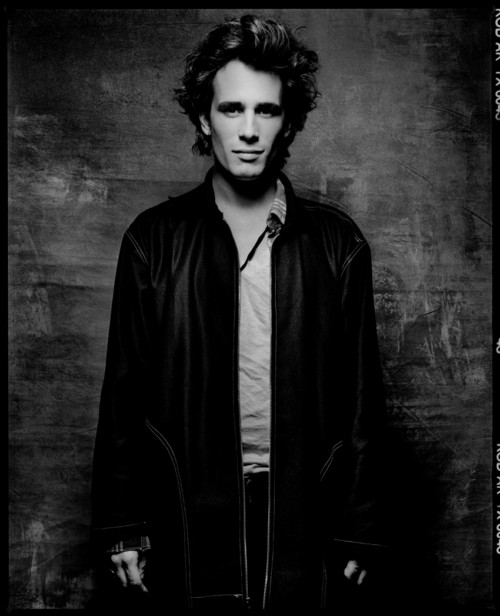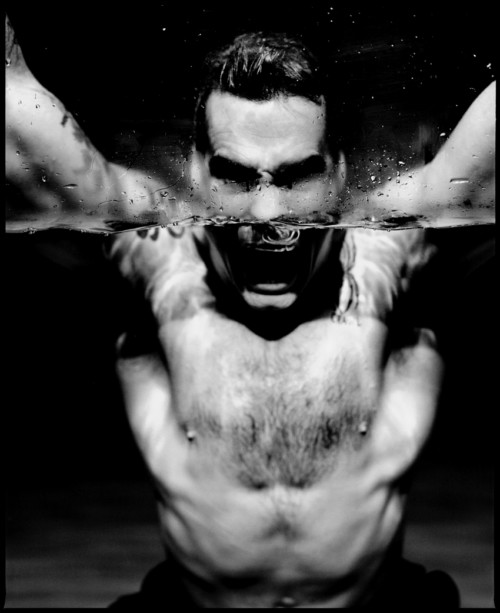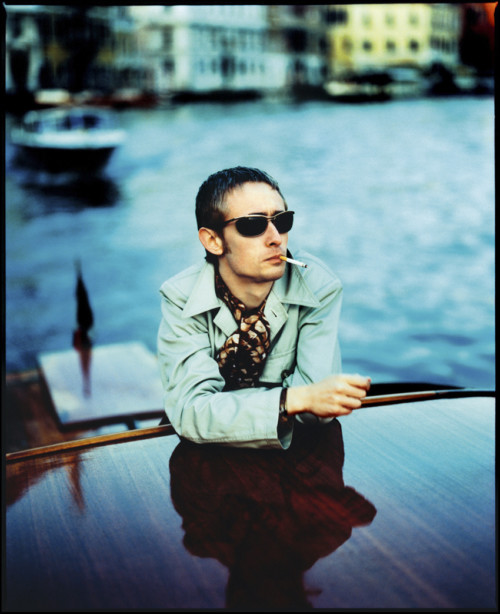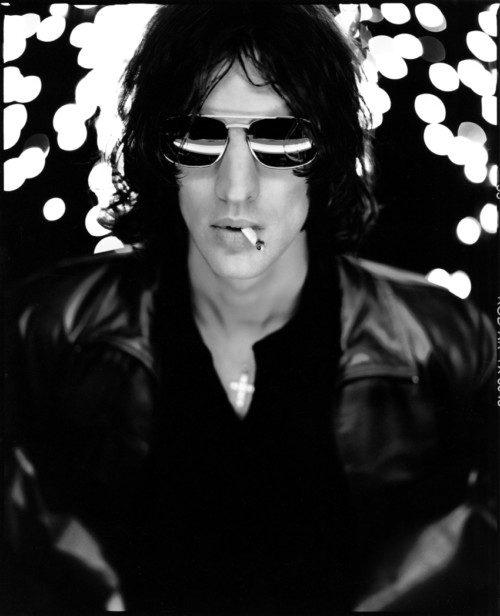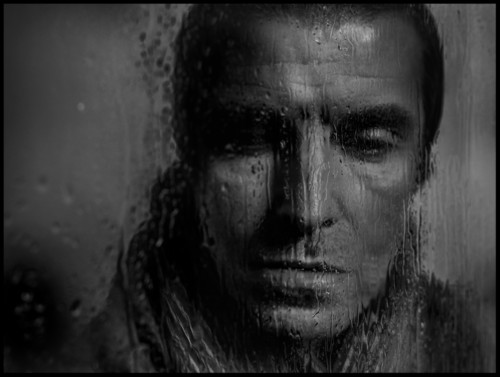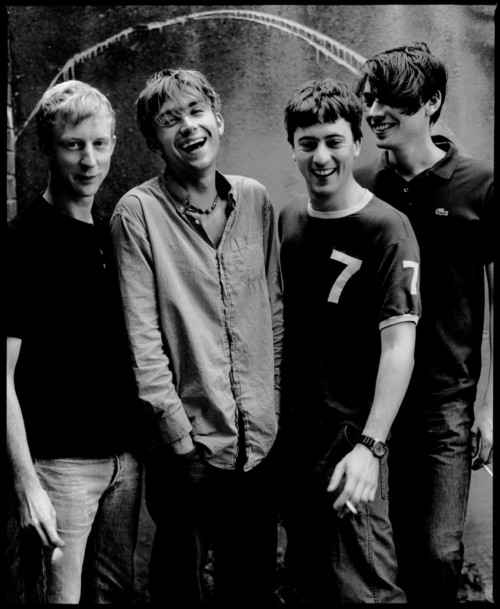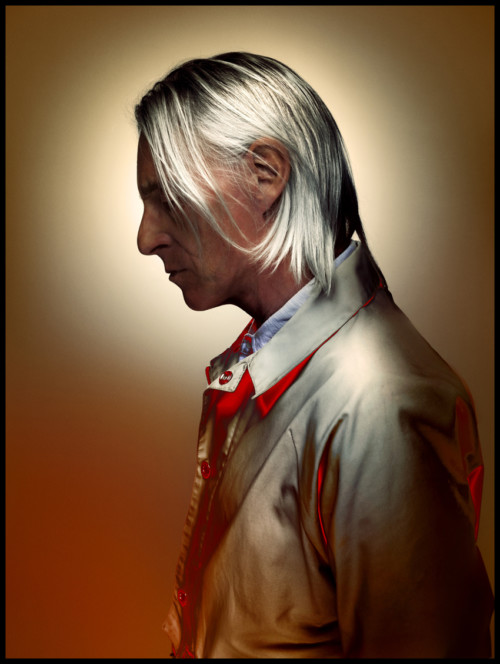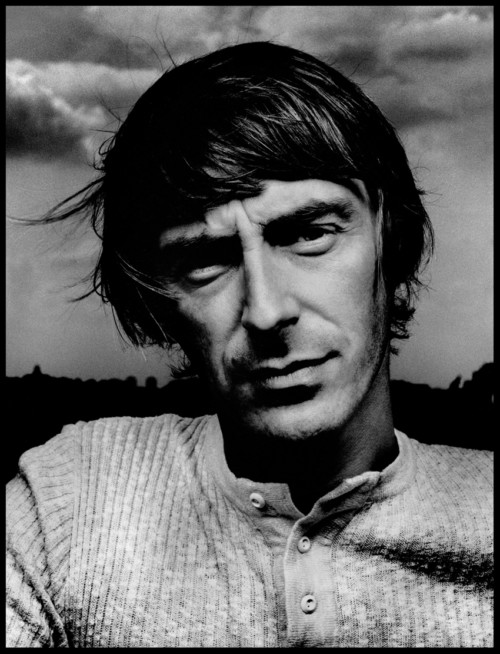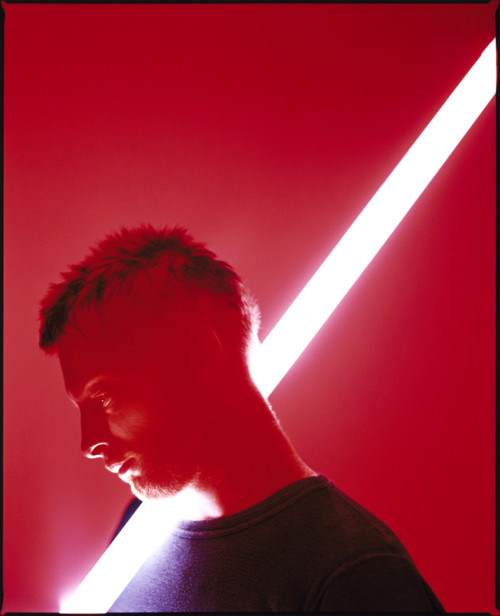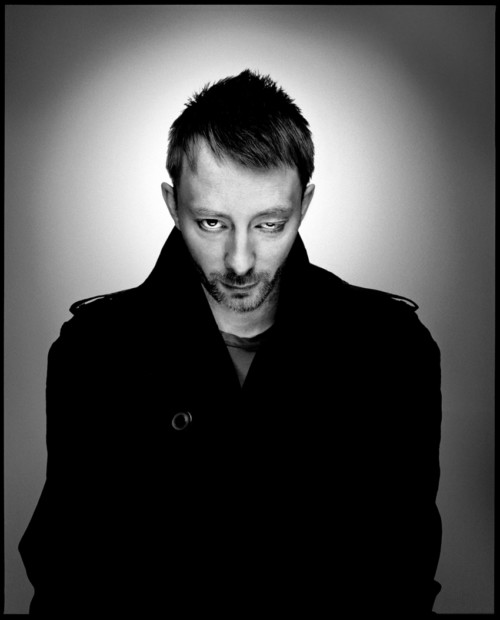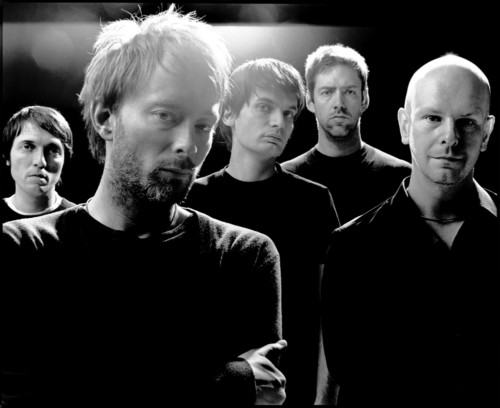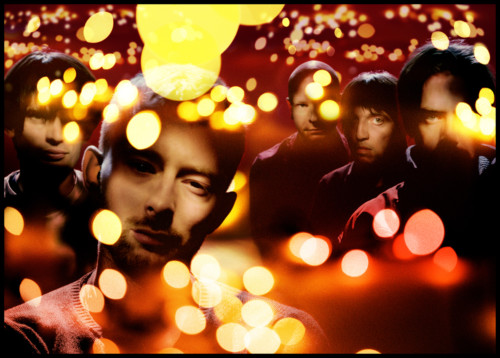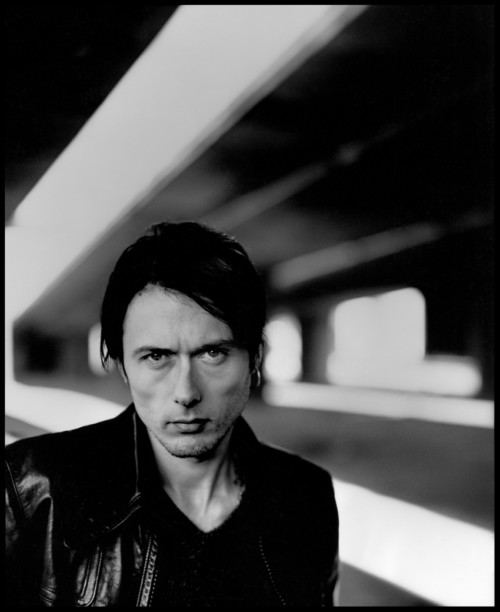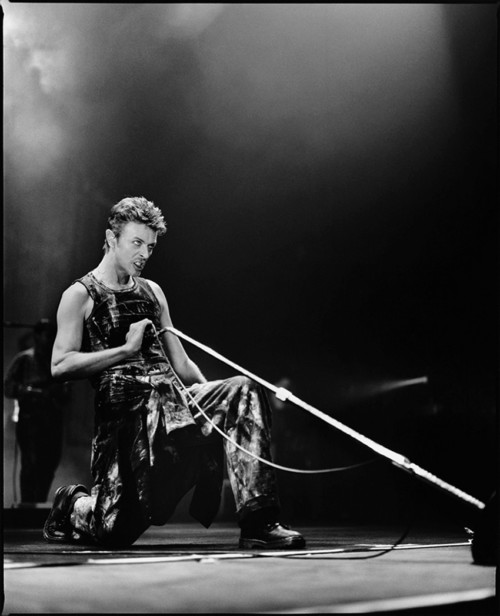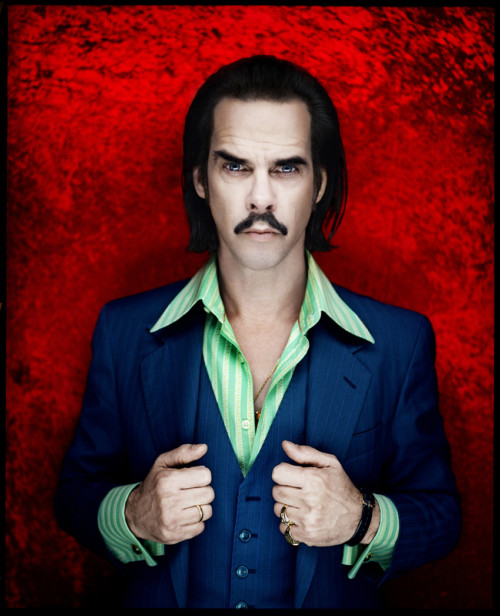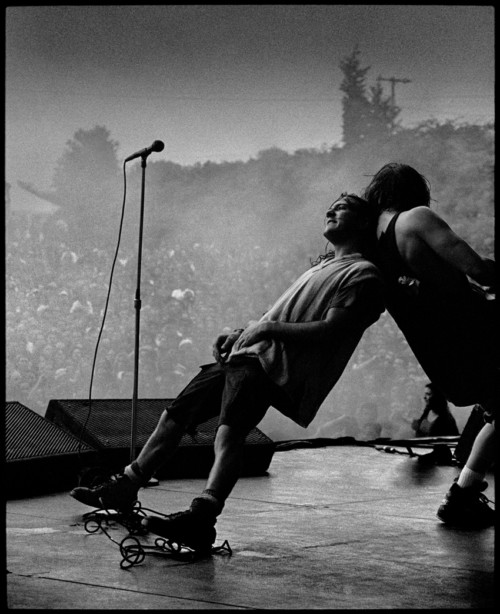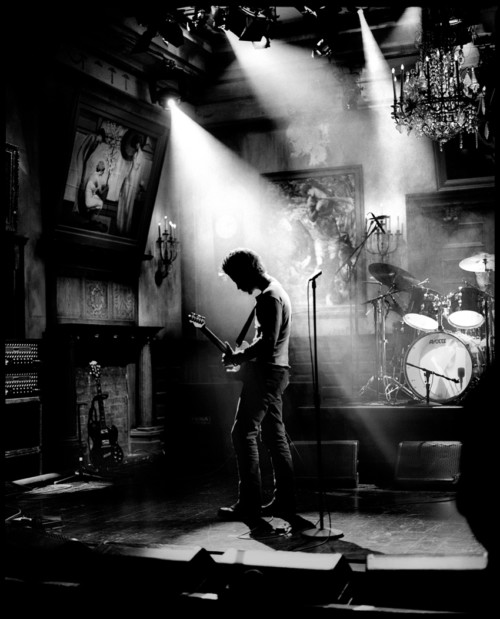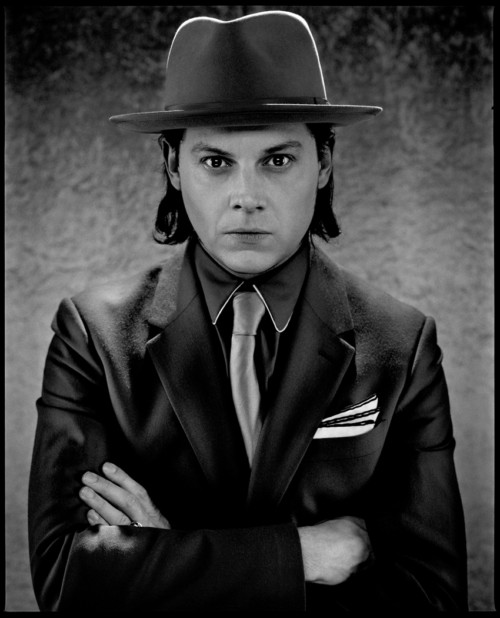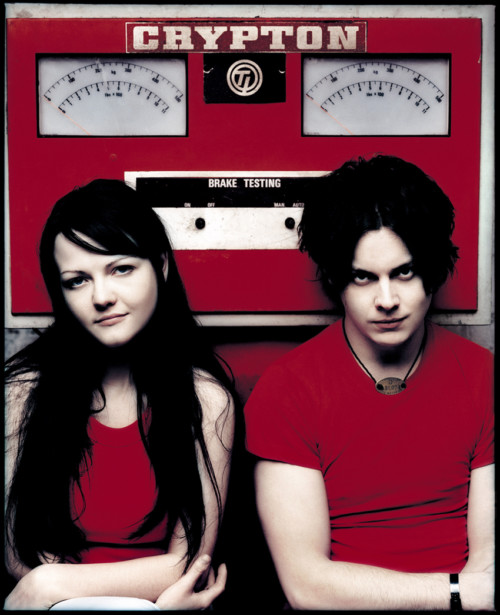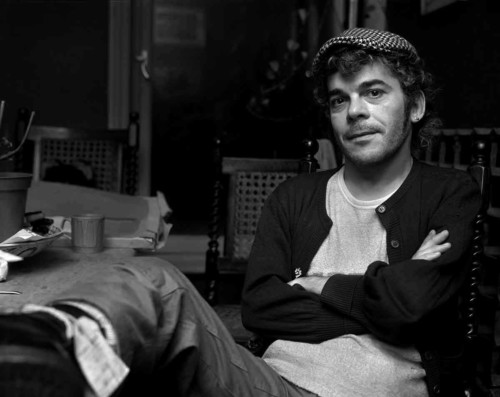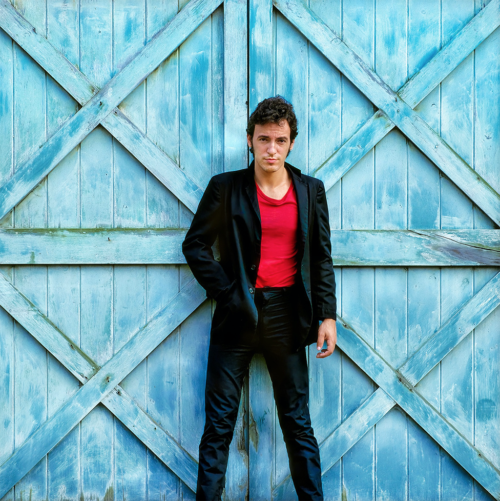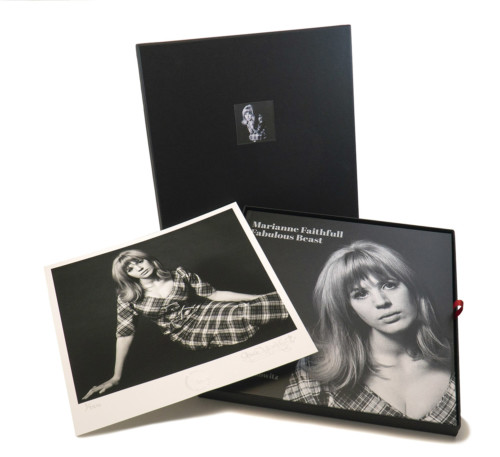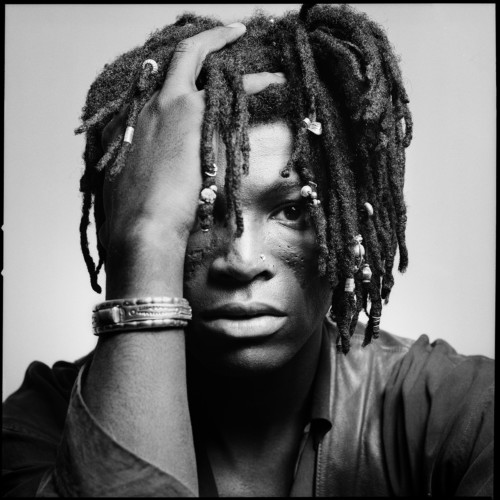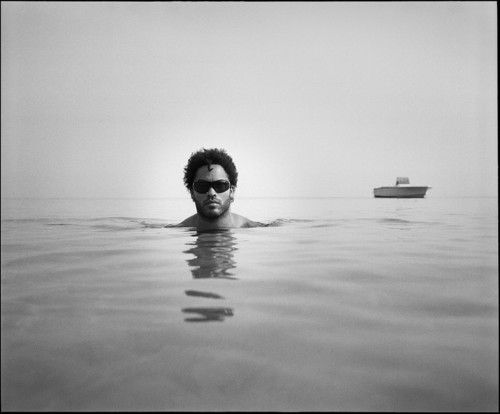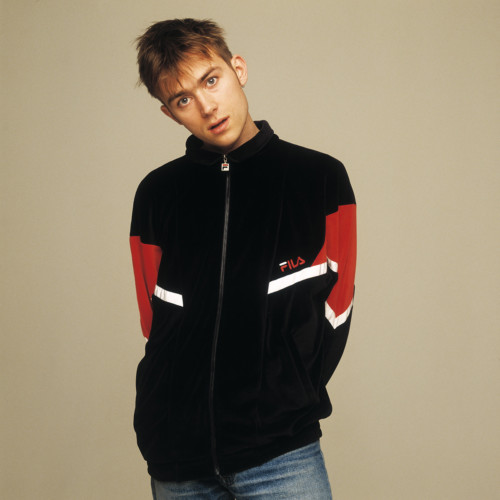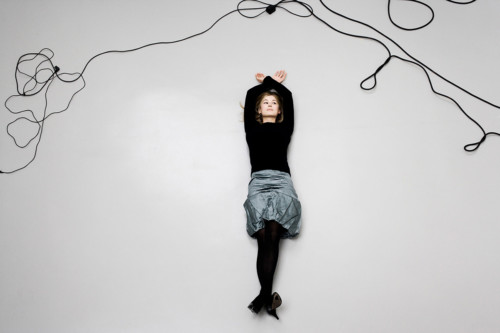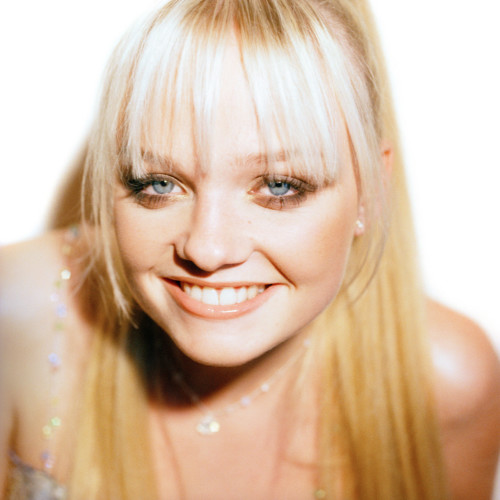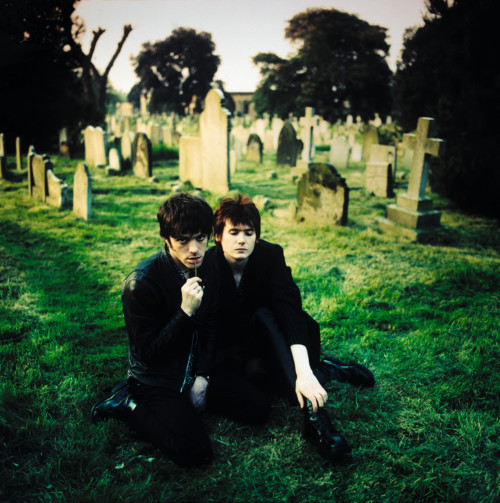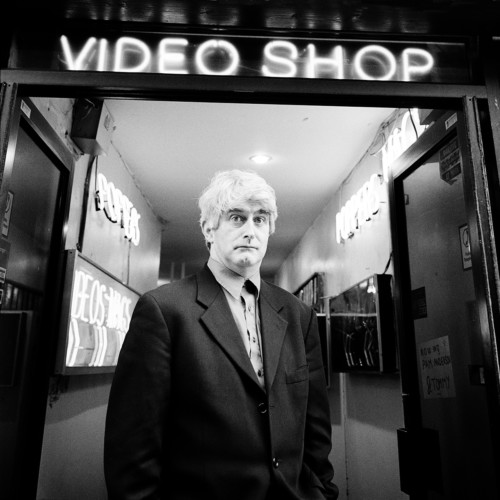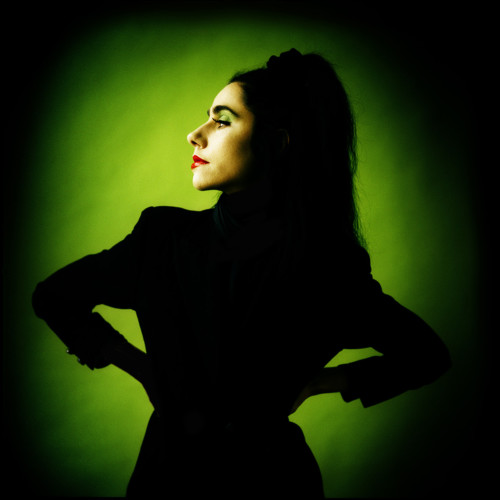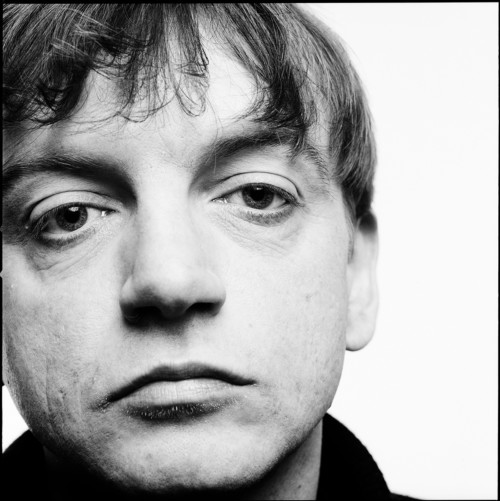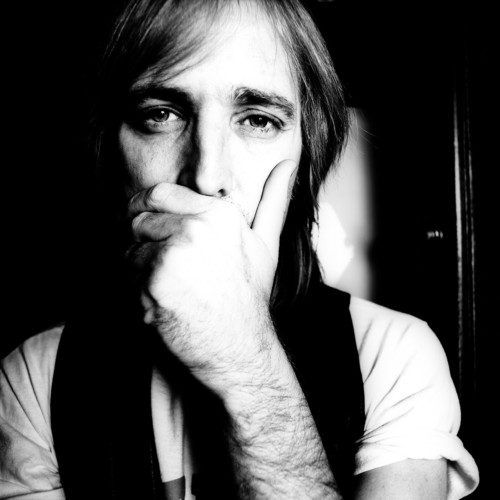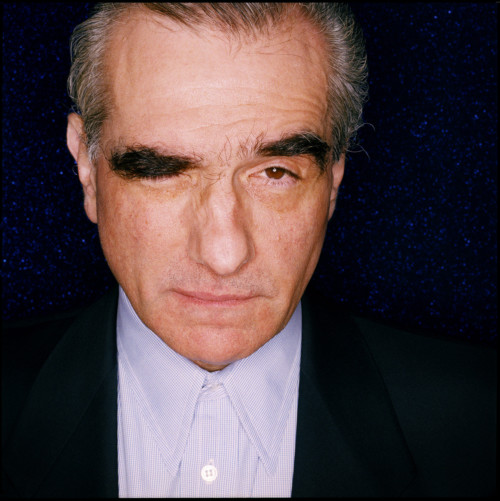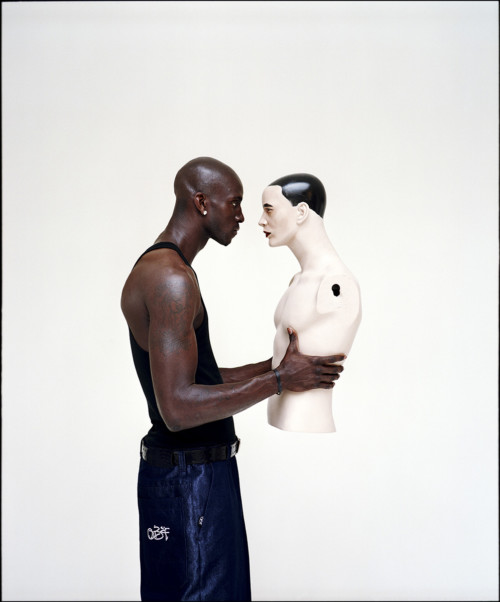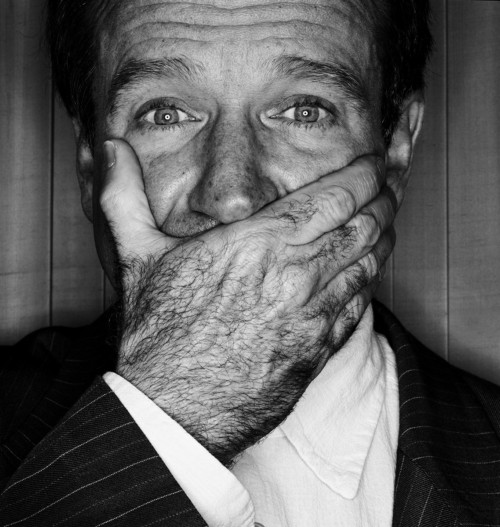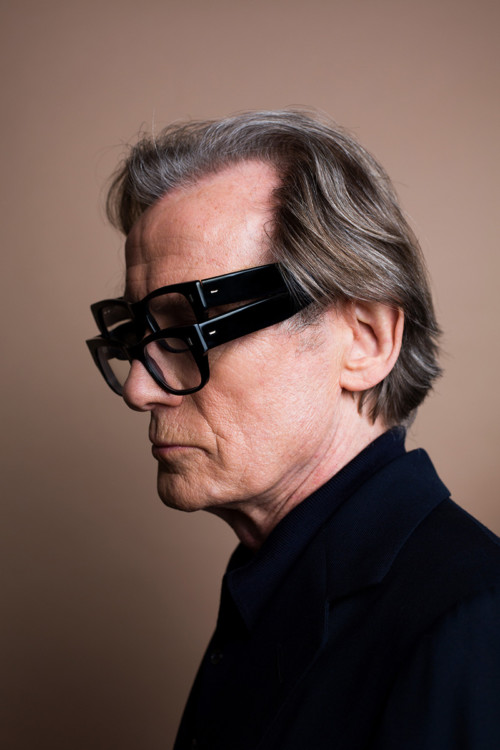-
Kevin Westenberg: Jeff Buckley
£ 1,600 – £ 12,000Each photograph is made to order and signed and numbered by Kevin Westenberg. Please allow up to three weeks between order and delivery. -
Kevin Westenberg: Henry Rollins
£ 1,600 – £ 12,000Each photograph is made to order and signed and numbered by Kevin Westenberg. Please allow up to three weeks between order and delivery. -
Kevin Westenberg: Divine Comedy – Casanova
£ 1,600 – £ 12,000Each photograph is made to order and signed and numbered by Kevin Westenberg. Please allow up to three weeks between order and delivery. -
Kevin Westenberg: Richard Ashcroft
£ 1,600 – £ 12,000Each photograph is made to order and signed and numbered by Kevin Westenberg. Please allow up to three weeks between order and delivery. -
Kevin Westenberg: Liam Gallagher
£ 1,600 – £ 12,000Each photograph is made to order and signed and numbered by Kevin Westenberg. Please allow up to three weeks between order and delivery. -
Kevin Westenberg: Blur
£ 1,600 – £ 12,000Each photograph is made to order and signed and numbered by Kevin Westenberg. Please allow up to three weeks between order and delivery. -
Kevin Westenberg: Paul Weller profile
£ 1,600 – £ 12,000Each photograph is made to order and signed and numbered by Kevin Westenberg. Please allow up to three weeks between order and delivery. -
Kevin Westenberg: Paul Weller
£ 1,600 – £ 12,000Each photograph is made to order and signed and numbered by Kevin Westenberg. Please allow up to three weeks between order and delivery. -
Kevin Westenberg: Radiohead – Thom York -red
£ 1,600 – £ 12,000Each photograph is made to order and signed and numbered by Kevin Westenberg. Please allow up to three weeks between order and delivery. -
Kevin Westenberg: Radiohead – Thom York
£ 1,600 – £ 12,000Each photograph is made to order and signed and numbered by Kevin Westenberg. Please allow up to three weeks between order and delivery. -
Kevin Westenberg: Radiohead portrait
£ 1,600 – £ 12,000Each photograph is made to order and signed and numbered by Kevin Westenberg. Please allow up to three weeks between order and delivery. -
Kevin Westenberg: Radiohead
£ 1,600 – £ 12,000Each photograph is made to order and signed and numbered by Kevin Westenberg. Please allow up to three weeks between order and delivery. -
Kevin Westenberg: Suede-Brett Anderson
£ 1,600 – £ 12,000Each photograph is made to order and signed and numbered by Kevin Westenberg. Please allow up to three weeks between order and delivery. -
Kevin Westenberg: David Bowie
£ 1,600 – £ 12,000Each photograph is made to order and signed and numbered by Kevin Westenberg. Please allow up to three weeks between order and delivery. -
Kevin Westenberg: Nick Cave
£ 1,600 – £ 12,000Each photograph is made to order and signed and numbered by Kevin Westenberg. Please allow up to three weeks between order and delivery. -
Kevin Westenberg: Pearl Jam
£ 1,600 – £ 12,000Each photograph is made to order and signed and numbered by Kevin Westenberg. Please allow up to three weeks between order and delivery. -
Kevin Westenberg: Soundgarden-Chris Cornell
£ 1,600 – £ 12,000Each photograph is made to order and signed and numbered by Kevin Westenberg. Please allow up to three weeks between order and delivery. -
Kevin Westenberg: Jack White
£ 1,600 – £ 12,000Each photograph is made to order and signed and numbered by Kevin Westenberg. Please allow up to three weeks between order and delivery. -
Kevin Westenberg: The White Stripes
£ 1,600 – £ 12,000Each photograph is made to order and signed and numbered by Kevin Westenberg. Please allow up to three weeks between order and delivery. -
Chris Gabrin: Ian Dury portrait
£ 450 – £ 1,500Available in a choice of physical size options. Please ask for framing options. Please allow 2-3 weeks between order and delivery for an unframed photograph. Framing adds 2-3 weeks. -
Eric Meola, Darkness sessions: Last Man Standing
£ 2,325 – £ 6,976Photograph © Eric Meola, registered with U.S. Copyright Office
-
Specifications
- 12 x 12 inch limited edition hardcover book, 156 pages.
- Approximately 150 photographs, many previously unpublished.
- A worldwide limited edition of 350 numbered copies, each one signed and numbered by Gered Mankowitz
- Supplied with limited edition 12 x 12 inch photograph signed and numbered by Gered Mankowitz
- Book and photograph have matched edition numbers.
- Book and photograph housed in black presentation box with inset image in lid.
- No extra delivery costs for shipping to a UK mainland address
- Shipping outside the UK: Europe £30 / USA £45 / Rest of World £60
-
Harry Borden: Seal
£ 625 – £ 5,800Seal photographed on 23 April 1991 at his record label offices in London. Harry Borden recalls the shoot in London on 23 April 1991:“I took this photograph for the NME at his record label offices in Kensington Church Street. Such was my naivety at the time, when Warner Bros got in touch to ask about using a picture for press and publicity, I was flattered and agreed to a fee of £75. He went on to sell more than 20 million albums worldwide. I shot this on Agfa APX 100 with my Hasselblad." Available in a choice of physical size options. Please ask for framing options. Please allow 2-3 weeks between order and delivery for an unframed photograph. Framing adds 2-3 weeks. -
Harry Borden: Lenny Kravitz, Bahamas (1998)
£ 625 – £ 5,800Lenny Kravitz photographed in The Bahamas, 1 July 1998 Harry Borden remembers the shoot with Lenny Kravitz on 1 July 1998: “This was taken in the Bahamas. I had first photographed Lenny seven years before for the NME. That occasion was his first UK interview and he and his manager came to my flat in Bethnal Green. We remembered the shoot and it was good to reconvene in such an exotic location. He was making a video so there was a lot of hanging around. We stayed at the Compass Point Beach resort, and our bedrooms were on stilts next to the beach. It was basically a holiday punctuated by the shoot. Although reluctant to be shot without his sunglasses, he was beautiful, cool and very easy to photograph. Eventually I got him in the sea and after taking the obligatory statuesque images of his perfectly proportioned body, I shot this picture. The boat on the horizon and him lower in the water, the image had narrative and a sense of mystery. I shot this on a Fuji 6x7 Rangefinder on Tri-X Film. Sometimes less is more.” Available in a choice of physical size options. Please ask for framing options. Please allow 2-3 weeks between order and delivery for an unframed photograph. Framing adds 2-3 weeks. -
Harry Borden: Set of four individual Blur portraits
£ 625 – £ 5,000Blur photographed in a studio off the Kings Road Chelsea on 10 March 1994. A set of four individual portraits. Available in a choice of physical size options. Please ask for framing options. Please allow 2-3 weeks between order and delivery for an unframed photograph. Framing adds 2-3 weeks. -
Harry Borden: Rosamund Pike
£ 625 – £ 5,800Rosamund Pike photographed at Jasmine Studios, London, September 2006 Harry Borden recalls the shoot: "For me, improvisation is a vital part of the creative process. When I’m shooting a portrait, I enjoy looking for something that hasn’t been done before and ending up with images I hadn’t anticipated. I believe it’s better to react to what’s around you and riff off things, because then you get the unexpected. That’s what happened when I did a portrait shoot of the actress Rosamund Pike in September 2006. I had been commissioned to photograph her for the Sunday Telegraph magazine, to illustrate an interview. At the time, she was 27 and in the early stages of her successful screen career, following her debut in the Bond film Die Another Day four years earlier. The shoot took place in Jasmine Studios, which was a studio complex in Shepherd’s Bush, West London. It was a great location which had really good daylight, which I generally prefer to use, and was equipped with lots of other light sources. I arrived at the studio at 9am with my assistant, and was met by a stylist and racks of clothes to use in the shoot. While I was waiting for Pike to arrive, and afterwards when she was in hair and make-up, I anxiously paced around the outer areas of the studio. Whenever I do a studio shoot, I always walk around the immediate area to see if there are interesting places I can use. While I was wandering upstairs, I found I could get access to a mezzanine floor that looked directly down on the studio. I wondered if I could use that viewpoint in the shoot. As I had the whole morning to work with Pike, I did a variety of different shots, from tight close-ups of her face to wider shots where she was just one of many elements in the picture. I mainly used daylight, but in some I used a big Octa softbox for flattering light and a Quantum flash, which gives a much harder light. Pike is genuinely beautiful, with almond-shaped eyes. I thought she looked like a kind of British, prim Brigitte Bardot. Her experience as an actor means she’s comfortable taking direction and adopting a range of personas, poses and facial expressions. She’s very intelligent, but at the same time there’s a kind of brittle coldness about her. As the shoot progressed, I was pleased with the pictures I’d got, but still wanted to try shooting from the mezzanine floor. I took some shots of her from that viewpoint, sitting in a chair surrounded by lights. Then I decided to try a simpler image with her lying on the floor with the tangled black cables of the studio lights at the top of the frame. I would be embarrassed about asking somebody to lie on the floor unless I was sure it would make a really good picture. Making someone feel uncomfortable would be excruciating for me. It was just a question of having the strength of my convictions and asking her to do it. As it turned out, she happily agreed. She lay in different positions, but the one I liked most showed her looking to one side, with her arms above her head and both her hands and feet crossed. The pose in this picture is relaxed and psychologically submissive, but the fact that she’s crossed her hands and feet suggests she’s keeping something back. Rosamund Pike is beautiful and famous, so any professional who photographs her really has to get something good. However, although there are lots of portraits of her around, this one is special to me. It was later included in the RPS International Print Exhibition for that year. Even if it had been a more lavish shoot, I don’t think I’d have got a better picture." Available in a choice of physical size options. Please ask for framing options. Please allow 2-3 weeks between order and delivery for an unframed photograph. Framing adds 2-3 weeks. -
Harry Borden: Set of five individual Spice Girls portraits
£ 625 – £ 5,000The Spice Girls photographed in Las Vegas on 8 December 1997. A set of five individual portraits. Harry Borden recalls the shoot on 8 December 1997 in Las Vegas: “The ageing diary pages from my Filofax confirm it was my craziest week ever. Monday, I shot the Girls in Las Vegas. Tuesday, I flew to Los Angeles for artist Frank Stella. On Wednesday, I travelled to the East coast to shoot Joseph Heller in New York and finally a jaunt to Chicago for Barry Manilow. All without an assistant. These portraits were taken in my hotel room, lit with a single tungsten ‘redhead’. I realise now I was influenced by Corinne Day’s grungy portrait of Kate Moss for Vogue June 1993. By this stage the Girl Power Juggernaut was unstoppable, the previous evening I’d watched them win a Billboard Award for best album at the Hard Rock Hotel and Casino. As usual, I didn’t get long but they were fun and very professional." Available in a choice of physical size options. Please ask for framing options. Please allow 2-3 weeks between order and delivery for an unframed photograph. Framing adds 2-3 weeks. -
Harry Borden: Richey Edwards and Nicky Wire
£ 625 – £ 5,800Richey Edwards and Nicky Wire of the Manic Street Preachers photographed at Brompton Cemetery, London on 30 April 1993 Harry Borden recalls the 1993 shoot at Brompton Cemetery in London. “My day with the Manic Street Preachers started with reportage black and white pictures of singer James Dean Bradfield with his cousin Sean Moore (drums) playing in a rehearsal room. The no-nonsense, engine of the band. Then later I went to Brompton Cemetery to photograph Richey and Nicky. Appearing louche, debauched and nihilistically glamorous, their contribution was a visual style that embodied the emotional alienation of the music. I arrived at the location early and explored the temples looking for good spots. Entering one of the substantial mausolea, I sensed I was not alone. There were men standing in the shadows. My heart beating, I held my heavy camera bag to my chest and walked quietly out and was relieved to see the boys waiting for me at the Fulham Road entrance. It was early evening and the unsettling encounter was forgotten, as I began to take their picture in the smoggy London light. I gave them no direction, they just sat among the gravestones. I remember thinking how easy it was to photograph Richey. He was so handsome. Less than two years later he was to disappear at the age of just twenty-seven. On the eve of a promotional trip to America, he vanished from his London hotel room, his car discovered near the Severn Bridge. Sometimes images are rendered poignant as time passes. Later I learnt the cemetery had a reputation for being a popular cruising ground for gay men so I needn’t have worried about being mugged for my cameras. Shot for Select Magazine with my Hasselblad on Kodak Vericolor colour negative film developed in E6 to produce a transparency.” Available in a choice of physical size options. Please ask for framing options. Please allow 2-3 weeks between order and delivery for an unframed photograph. Framing adds 2-3 weeks. -
Harry Borden: Dermot Morgan
£ 625 – £ 5,800Dermot Morgan photographed in Soho, London in February 1998 Harry Borden recalls the shoot:"In February 1998, I was commissioned to photograph Dermot Morgan by The Sunday Times magazine. During the previous three years, the actor’s brilliant comic performances as the star of TV comedy series Father Ted had made him a household name. I was a big fan of the series and was looking forward to the shoot, but despite my determination to come away with strong pictures and my enthusiasm for the subject, this shoot didn’t quite go to plan. I was usually allowed to decide on how I was going to photograph my subjects, but The Sunday Times had a specific idea for this shoot. They wanted colour shots of Dermot outside some sleazy establishments in London’s Soho. He was meant to strike some comic poses looking as if he had been caught out visiting the area’s strip joints and massage parlours, adopting a persona somewhere between his own and Father Ted Crilly’s. I realised from the outset that this idea could be problematic: the people who operate these businesses were not likely to appreciate me using them as a backdrop. I was wary of the situation and tried to prepare, but at the time my wife had recently given birth and I was caught up in the maelstrom of caring for a baby and sleepless nights. It wasn’t until I had driven from my home in Hackney to Soho that I realised I’d left all my camera gear in my hallway at home. I hired a portable flash unit that I was going to use for fill-in flash. I tried to hire a camera from the same company, but they didn’t have any at the Soho branch. Trying not to panic, I went straight to a local Jessops and bought a second-hand Fujifilm 6x9 rangefinder. However, when my assistant and I connected the camera to the flash set-up in a Soho car park, we heard a ‘pop’, the flash started smoking and an acrid burning smell floated across. After that, it wouldn’t work at all. By then, the cold, drizzly afternoon was beginning to get dark. We were also running late. So, on the spur of the moment, I decided to do the entire shoot in black & white. We met Dermot at his management company office in Soho. I covered up my technical problems when I met him, but was inevitably feeling stressed. Dermot himself was a nice man, very kind and compliant, and willing to go along with the idea of doing the shoot around Soho. The shoot lasted a frantic 20 minutes. There’s only so much you can do when you’re being shooed away from one sleazy strip club or massage parlour after another. By the time I shook hands with Dermot and said goodbye, it was beginning to rain but I was hopeful I’d managed to dig out a result, largely due to Dermot’s expressive features. Just 10 days afterwards, I heard the shocking news that Dermot had died from a heart attack, aged 45, a day after he finished filming on the third series of Father Ted. It was so sad. My shoot was the last he ever did. When the photos were published in The Sunday Times, instead of illustrating a light-hearted feature, they were part of Dermot’s eulogy. Shooting in black & white had been forced upon me by my circumstances, but it gave the images a poignancy and authenticity they wouldn’t have had in colour." Available in a choice of physical size options. Please ask for framing options. Please allow 2-3 weeks between order and delivery for an unframed photograph. Framing adds 2-3 weeks. -
Harry Borden: P J Harvey
£ 625 – £ 5,800PJ Harvey photographed in Harry Borden’s Bethnall Green flat, London 1996 Harry Borden recalls the shoot:" Polly Jean Harvey is an alternative rock icon. She has won the Mercury Prize twice, had eight nominations for the Brit Awards, six nominations for the Grammy Awards and was awarded an MBE in 2013 for services to music. I was commissioned to do a portrait shoot in 1996 with Polly by Option, an alternative music magazine of the time. I was a fan of her work, so it was an exciting opportunity. At the time she was popular in trendy circles, but wasn’t widely known yet. She was about as cool as you could imagine and I don’t think she’s ever lost that quality. Back then, I had a flat in London’s Bethnal Green and suggested we use it for the shoot. She turned up dressed completely in black, with green eyeshadow and red lipstick that accentuated her features. We spent a few hours taking the pictures. I chose the green background to match her eyeshadow and complement her lipstick, and set up the backdrop in the hallway. I used natural light from a window, and set it up so that most of the light fell on her face while illuminating only a small part of the backdrop. I shot this image on my Hasselblad CM with an 80mm lens. At that time, I liked a cross-processed look and this one was taken on Kodak Ektachrome Professional ISO 100 transparency film, and processed in C-41 (print film) chemicals. This produced a more contrasty image with little or no shadow detail. It was one of those occasions when cross-processing augmented the subject without being obvious. Afterwards, when a limo came to collect Polly and take her back to where she was staying in Baker Street, I asked if I could go with her. There, we found a little supermarket and I took some pictures of her as an anonymous customer. The whole shoot was great because of the combination of an incredibly photogenic subject with amazing clothes and make-up. It was one of those portrait sessions which, when you get the film back from the processing lab, you’re really delighted with. On a personal note, at the time of the shoot my wife and I were deciding on a name for our unborn child. I put the name Polly into the hat and my daughter was named after her." Available in a choice of physical size options. Please ask for framing options. Please allow 2-3 weeks between order and delivery for an unframed photograph. Framing adds 2-3 weeks. -
Harry Borden: Mark E Smith
£ 625 – £ 5,800Mark E Smith photographed in his room at the Pembridge Court Hotel, Notting Hill, London on 8 March 1993 Harry recalls the shoot: “Confrontational and curmudgeonly, Mark E Smith could be intimidating presence. It was a skill to get him to put down his cigarette and pint of lager and look at the camera. He was staying at the Pembridge Court Hotel in Notting Hill and I set up a little studio in his room.I did three shoots with him over the years and always enjoyed is abrasive mischievous humour." Available in a choice of physical size options. Please ask for framing options. Please allow 2-3 weeks between order and delivery for an unframed photograph. Framing adds 2-3 weeks. -
Harry Borden: Tom Petty
£ 625 – £ 5,800Tom Petty photographed in his NYC hotel room on 3 May 1989 Harry Borden recalls the shoot: “This was my third commission from the NME. I remember the writer commenting that I was obviously making progress having been given my first transatlantic rock-star to photograph in New York. His label gave me a copy of his record Full Moon Fever and I played "Free Fallin'"constantly. Panicking in his cluttered hotel room, I ended up placing him in front of the giant television in a cabinet. I took a total of two rolls—24 pictures in total. This was shot on Kodac Technical Pan film developed in Agfa Rodinal with my beautiful Rolleiflex TLR 2.8 Planar." Available in a choice of physical size options. Please ask for framing options. Please allow 2-3 weeks between order and delivery for an unframed photograph. Framing adds 2-3 weeks. -
Harry Borden: Martin Scorsese
£ 625 – £ 5,800Martin Scorsese photographed at The Dorchester Hotel, London,March 1998 Harry Borden recalls the shoot with the acclaimed director: "In March 1998, Martin Scorsese was in London to appear at an event held by The Guardian. Scorsese was 55 at the time of the shoot and was firmly established as one of the major directors of his era for films such as Taxi Driver, Raging Bull, Casino and The King of Comedy. He’s a genius and undoubtedly one of my cinematic heroes. The Guardian’s sister paper, The Observer, had a one-hour slot with him, during which he was to be interviewed by the journalist William Leith. Afterwards I would have about ten minutes to shoot a portrait. The shoot was going to take place in a suite at the Dorchester Hotel in London. Publicists repeatedly booked The Dorchester for interviews, so I could easily have ended up with lots of people against the same kind of background. Therefore I always took along either a roll of material or my black, white or grey backdrops. They provided a simple and plain alternative to a rather chintzy hotel environment. Prior to this shoot, I went to Brick Lane in East London, where,at that time, there were a lot of fabric shops. I used to buy three metres of fabric and use it as a backdrop, which was much cheaper than buying a roll of Colorama paper. On this particular day, I found some sparkly blue material which had colours and textures that I thought might work well with a ringflash. While the interview was going on, I set up my equipment at the other end of the suite. I had loaded my Hasselblad CM (fitted with a 120mm lens) with a roll of Tri-X black & white film, and as Scorsese was saying goodbye to William Leith I took some informal shots of the director. I showed him a small portfolio of my work so he could see the kind of images I produced. He was quite macho; very smart, straight-talking and quick-witted; but friendly and jovial. In that situation, it was an advantage that I had grown up with a Jewish-American father; he reminded me of my dad and so I didn’t feel intimidated. I just asked him what I wanted him to do. Scorsese was apologetic that we had so little time, and I think he would have given me a lot more time if he had been able to spare some. When he saw the roll of dark blue, sparkly material, he thought it was funny and knowingly said, ‘I see you’re going for the Vegas look.’ His movie Casino, released only a few years earlier, had been based in Vegas so it seemed appropriate. Sometimes, when I have very little time for a shoot I’m panicked into being more upfront about what I want from a sitter. I was desperately trying to find an impactful picture, and I thought the most striking thing about his appearance was his amazing set of eyebrows. So, on the spur of the moment, I decided to ask him to wink as it made his eyebrows even more prominent. It’s not something I do often, but I have occasionally asked people to wink because it does make a good picture. I shot some with his left eye winking and some with his right, but the picture shown here worked best. I only had time to shoot three rolls of film before Scorsese had to go: one roll of black & white at the end of the interview, then two rolls of colour; one of him at three-quarter length then a roll of head shots. The ‘wink’ picture has subsequently been syndicated all over the world, while the others were hardly published at all. It was recently used on a t-shirt for an event in Amsterdam. I think it’s one of the best ‘wink’ pictures out there, because he’s so cool." Available in a choice of physical size options. Please ask for framing options. Please allow 2-3 weeks between order and delivery for an unframed photograph. Framing adds 2-3 weeks. -
Harry Borden: Kevin Garnett
£ 625 – £ 5,800Kevin Garnett photographed at Red Earth Studios, London, 2001 Harry Borden recalls the shoot: "Shooting portraits of sports stars is often difficult. Unlike photographing members of a pop band, for instance, where they recognise a shoot is part of the publicity process, sports stars aren’t usually relying on photographers to promote them. For them, a shoot isn’t exciting or a novelty, it’s a pain in the neck. Therefore, in my experience, you’re often relying on their innate personality to get the pictures you want. Photographing basketball player Kevin Garnett, back in 2001, was a notable exception. That was partly because he’s a good-natured person, and partly because he was doing the shoot for an article linked to the launch of his own clothing brand. Kevin Garnett is a huge name in American sport. He played for NBA teams for 21 seasons, between 1995 and 2016, and is considered one of the sport’s true superstars. I was commissioned to photograph him for American GQ magazine, so there was a good budget and I had the benefit of working with a stylist. I asked the stylist to provide some props that reflected the theme of making clothes, such as some tailor’s dummies and a pair of tailor’s scissors. The idea itself wasn’t particularly original, but it led to what I think is a very interesting portrait. The shoot took place in Red Earth Studios in London, which had a tall ceiling and a skylight which gave wonderful north light. I always got really nice results there, so I was pleased it was available when I got the commission. If you’ve got good available light and a subject like Kevin Garnett, you’re already halfway there. Photographing Garnett was an extraordinary experience, partly because of his physical presence. He’s very much the alpha male, and at the time I photographed him he was just 25 and at his physical peak. He’s just under 7ft tall and very athletic, but perfectly proportioned – just much bigger than most people. His hands were huge and his arms were similar in girth to my thighs. I’m just under 6ft tall, but that extra foot makes a big difference and I remember having to stand on a chair to shoot at his eye level. However, he was very easy-going and playful, like a big puppy – at one point he got me in a headlock while fooling around – and was happy to do whatever shots I requested. For me, the best shot came completely spontaneously, and mainly arose from Garnett’s playfulness. Most of the dummies we had were quite conventional, but one of them, which I think was possibly from the 1930s, had a weird look. At one point, Garnett picked that dummy up and turned it to face him. I took several shots, some with him looking towards the camera, others with his mouth open. But one shot, showing him staring intently at the dummy’s face, had something special about it. My reading of that picture is that there’s an element of homoeroticism about it: one man is staring out another man in a very overt way. But it also has an interesting racial dynamic: the white dummy has an angry and hostile expression, yet it’s completely powerless. I wasn’t consciously aware of these elements when I took the shot and they’re the kinds of things you can only notice after taking a picture. This is the sort of moment that gets you really excited as a photographer. I really love that picture, it’s definitely in my top ten favourite images from my commissioned portraits. However, I’m pretty sure it wasn’t used in the American GQ article because it didn’t fit the idea of it being a fashion-led shoot. More contrived images can go down well with a magazine in the short term, but they don't stand the test of time, because on some level they lack authenticity. Sometimes, a great picture just happens in front of you and you just have to be alive to it." Available in a choice of physical size options. Please ask for framing options. Please allow 2-3 weeks between order and delivery for an unframed photograph. Framing adds 2-3 weeks. -
Harry Borden: Robin Williams
£ 625 – £ 5,800Robin Williams photographed at The Dorchester Hotel, London, 1999 Harry Borden recalls the shoot: "While I was on a trip to New York in 1999, showing my work to magazines there, I had a call from The Observer Magazine. I’d been shooting portraits for the magazine for a few years. This time I was offered the opportunity to photograph Robin Williams, who was promoting his latest film. The only catch was that I had to photograph him the next day at the Dorchester Hotel in London. Following a string of roles in films such as Dead Poets Society, Good Will Hunting and Good Morning, Vietnam, Williams was a major star and this was an exciting offer. So I cut short my trip, booked the earliest available flight from the US and arrived in London the next morning. There, I met up with my colleague, journalist William Leith. The Observer told us we would have an hour for the interview and half an hour for pictures. However, when we arrived at the Dorchester, Williams’ tough female publicist said, ‘You have half an hour for the interview and five minutes for pictures – if we have time.’ While taking in this news, we were led into Williams’ hotel room that was full of people. Williams had a big entourage, including a scary minder who was completely lacking in any warmth or sense of humour. The entire atmosphere felt rather intimidating. After the interview, I started shooting portraits. I was using a Hasselblad CM, a medium-format film camera. The lighting in the room was poor so I used a big Bowens ring flash. Although time was really limited, as I was trying to shoot the portraits, Williams talked constantly. While I was being hurried along, he was doing his shtick and trying to entertain everyone in the room. I found it really irritating. He could have said, ‘Give this guy a break and let him do his job,’ but he just shrugged his shoulders as if it was nothing to do with him and let other people be nasty on his behalf. So I had to persevere. As a passive-aggressive way of telling him to shut up, I asked him to put his hand over his mouth. It was also a way of getting his very hairy hands in the picture, which I’d first noticed years before when he acted in Mork & Mindy. I got one frame of him in that position, then he put his hand down. This was the most interesting image from the few rolls of film I managed to shoot. You can see the use of the ring flash by those distinctive ‘doughnut’ shapes reflected in his eyes. In that kind of situation, where I have very little time, I usually keep taking pictures for as long as I can. However, in this case it was starting to annoy the people in the entourage and further sour the atmosphere. When I took out my Leica and took a couple of reportage-style shots, tempers started to fray. The minder threatened to throw me out of the window if I didn’t stop and the shoot came to an abrupt end. I had rapidly shot four 12-shot rolls – two black & white and two colour. Even though my portrait of him was taken in a brief, frenzied and ultimately unhappy shoot, it’s still one of my favourites." Available in a choice of physical size options. Please ask for framing options. Please allow 2-3 weeks between order and delivery for an unframed photograph. Framing adds 2-3 weeks. -
Harry Borden: Bill Nighy
£ 625 – £ 5,800Bill Nighy photographed in the Sutherland Suite at the Connaught Hotel in Mayfair, London, February 2014 Harry Borden recalls the shoot: "Bill Nighy’s roles in films including Love Actually have made him one of Britain’s best-known actors. His distinctive glasses are an integral part of his brand. In February 2014, he was about to appear on BBC TV in David Hare’s political thriller Turks & Caicos, the second part of the acclaimed Worricker Trilogy. As part of the publicity drive, he was being interviewed for Spectator Life magazine and I was commissioned to shoot the portraits. The venue was the Sutherland Suite at the luxury Connaught Hotel in Mayfair. As always, I arrived at the location early and looked around the suite for good places to photograph him. I aimed to shoot with daylight most of the time, but also brought my lights and a tobacco-coloured backdrop. I’m always happy to do an environmental portrait and the hotel room suited that approach, but I had the backdrop just in case the hotel room was too cluttered. I also have black and white backdrops but felt they would be too sterile; the tobacco-coloured one was different and wouldn’t jar with what he was wearing. Nighy arrived, looking magnificent in a classy suit. He was very charming and erudite, and was very clear about how he wanted to appear. As the shoot progressed, I remember learning a lot about tailoring from him because he was talking in detail about design features he did and didn’t like in suits. I wanted to take a classic portrait, something that would stand out. I put up the tobacco-coloured backdrop and did a few pictures. Then I looked more closely at his glasses—and noticed that by chance we were wearing exactly the same glasses. They were a vintage pair with black frames, made by Cutler and Gross, and I suddenly realised I was missing a potentially interesting opportunity to mess with his brand. At that point I suggested he wear both my glasses and his at the same time. The idea was influenced by the photography of Asger Carlsen, who takes photographs that look like everyday pictures, but which are digitally altered to look strange or surreal. I was trying to do something similar but in-camera. I also decided to shoot him in profile, without showing his eyes. I was photographing him more as an object than a person – a familiar object, but one that has something unusual about it. I took the shot with my 50mm lens, with settings of 1/100sec at f/5, ISO 100. I lit him using a softbox. I think the other people on the shoot thought I was going a bit off-piste when I took this picture. It was one of those occasions when I had got all I needed for the commission and I wanted something for myself. Realising we had the same glasses was a serendipitous moment – if I’d planned it beforehand and asked a stylist to find the same glasses, they would have found it impossible. I was really pleased with getting this completely unexpected picture. It wasn’t used by Spectator Life but was displayed in the 2014 Royal Photographic Society International Print Exhibition. This one has a twist and that’s why I have it in my portfolio." Available in a choice of physical size options. Please ask for framing options. Please allow 2-3 weeks between order and delivery for an unframed photograph. Framing adds 2-3 weeks.

